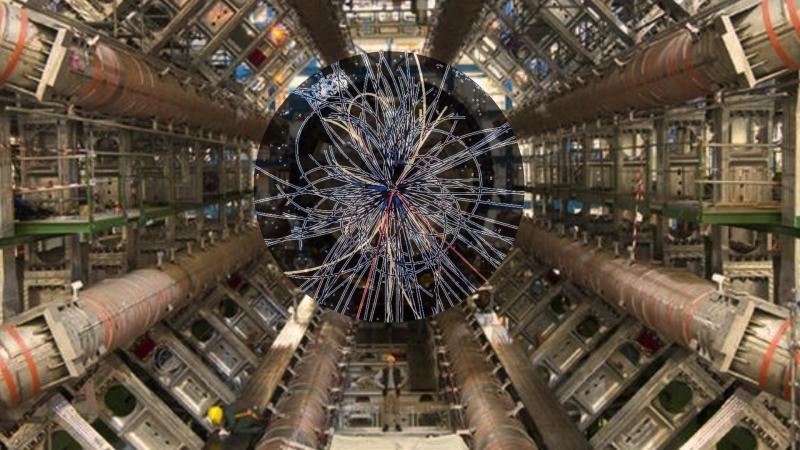
CERN Scientists Shedding Light on Antimatter & Universe’s Origins
For decades, scientists have been fascinated by the mysteries of antimatter and the origins of the universe. Recently, researchers at CERN’s Large Hadron Collider (LHC) made a groundbreaking discovery that sheds new light on these enigmatic topics. The ALICE collaboration, a team of scientists from around the world, confirmed the first evidence of antihyperhelium-4, an exotic particle produced under extreme conditions. This finding offers significant insights into the fundamental forces of nature, the balance between matter and antimatter, and the early moments of the universe.
Unlocking the Secrets of Antimatter
Antimatter is a phenomenon that has long fascinated scientists and has been the subject of extensive research. Antimatter particles, such as antiprotons and antielectrons, have the same mass as their matter counterparts but opposite charges. When antimatter comes into contact with regular matter, it annihilates, releasing a vast amount of energy in the process. This process has significant implications for our understanding of the universe, as it highlights the vast imbalance between matter and antimatter.
The production of antimatter is a complex process that requires extreme conditions, such as those found in high-energy collisions. The Large Hadron Collider, located at CERN, is a powerful tool that allows scientists to recreate these conditions and study the properties of antimatter. The ALICE collaboration, one of the four major experiments at the LHC, is dedicated to studying the properties of matter and antimatter in high-energy collisions.
The Discovery of Antihyperhelium-4
The recent discovery of antihyperhelium-4 (4He) is a significant breakthrough in the field of antimatter research. This exotic particle is produced when heavy ions, such as lead or gold, collide at incredibly high energies. The collision creates a plasma of particles, including antihyperhelium-4, which is then detected by the ALICE experiment.
The detection of antihyperhelium-4 is significant because it provides new insights into the fundamental forces of nature. The particle’s properties can be used to study the strong nuclear force, which is one of the four fundamental forces of nature. The strong nuclear force is responsible for holding quarks together inside protons and neutrons, and it is also responsible for the binding of protons and neutrons inside atomic nuclei.
The discovery of antihyperhelium-4 also offers new insights into the balance between matter and antimatter. The finding suggests that the universe may have produced more antimatter than previously thought, which could have significant implications for our understanding of the universe’s early moments.
Implications for Our Understanding of the Universe
The discovery of antihyperhelium-4 has significant implications for our understanding of the universe’s early moments. According to the Standard Model of cosmology, the universe was once a hot, dense plasma, known as the quark-gluon plasma. This plasma is thought to have existed for a fraction of a second after the Big Bang, and it is believed to have been the source of the matter and antimatter that we see today.
The detection of antihyperhelium-4 suggests that the universe may have produced more antimatter than previously thought, which could have significant implications for our understanding of the universe’s early moments. The finding may also provide new insights into the mechanisms that governed the universe’s evolution in the early moments after the Big Bang.
Conclusion
The discovery of antihyperhelium-4 by the ALICE collaboration at CERN’s Large Hadron Collider is a significant breakthrough in the field of antimatter research. The finding offers new insights into the fundamental forces of nature, the balance between matter and antimatter, and the universe’s early moments. The study of antimatter and the properties of exotic particles like antihyperhelium-4 is an active area of research, and it is likely that future discoveries will continue to shed new light on the mysteries of the universe.
Source:
https://researchmatters.in/news/exotic-antimatter-spotted-heavy-ion-collisions-lhc






